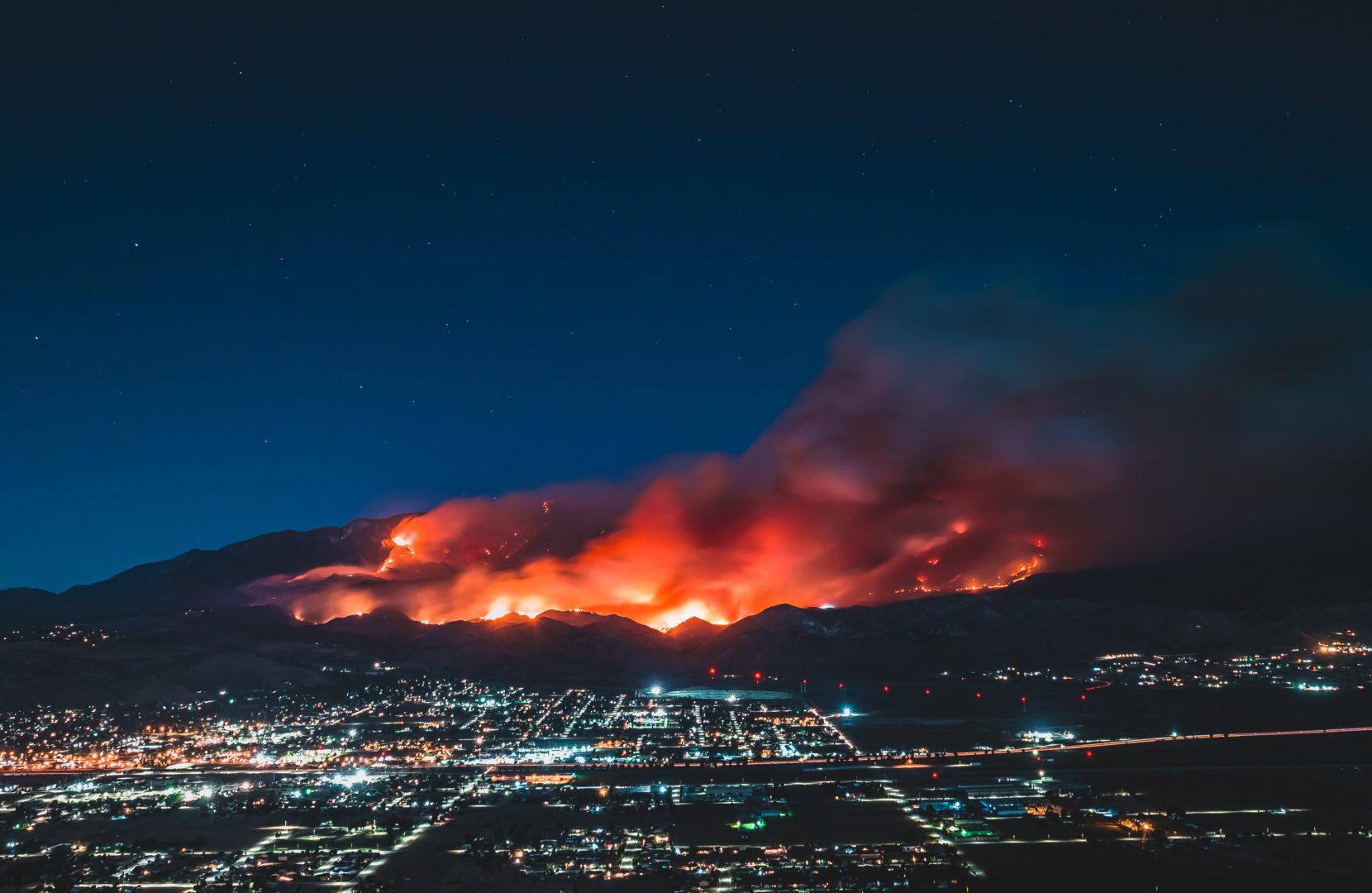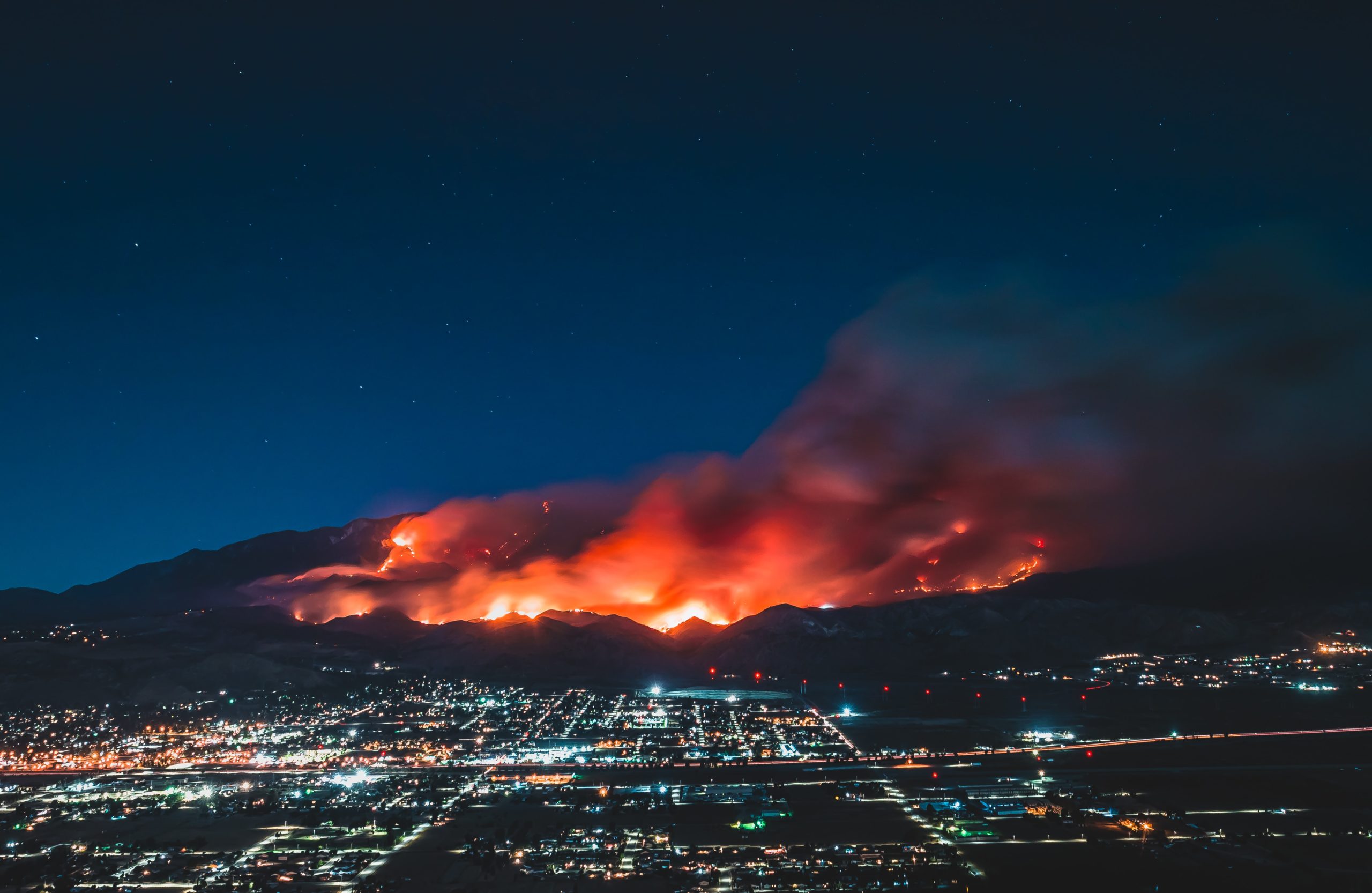 View Winners →
View Winners → Growing Wildfires are Placing Increasing Pressure on California’s Finances and Environment


By Alex Cordero
California’s annual fire season seems to be starting earlier and ending much later in the year — burning a breaking number of acres, causing poor air quality, costing billions of dollars and threatening the future of the state.
Thousands of fires have blazed across California so far this year, destroying or damaging 9,247 structures, burning over 4 million acres and causing 31 fatalities so far.
Although wildfires are a natural part of living in the Golden State, this year, amid a global pandemic causing a nationwide economic disaster, Governor Gavin Newsom reshaped the state’s proposed budget in May by increasing funds for COVID-19 relief efforts and wildfire response.
Per Cal Fire’s 2010 Wildfire Activity Statistics report, the state’s cost of fire damages added up to more than $3 million that year. But by 2015 that number had increased to over $3 billion, according to the 2015 Wildfire Activity Statistics report from Cal Fire.
The Camp Fire in 2018, caused by power lines operated by Pacific Gas & Electricity (PG&E), caused more dollar damage than any other fire that year. Cal Fire defines a fire’s dollar damage as an estimation of the property and contents damaged by fire, smoke, water, and overhaul — not including fire suppression cost or indirect loss, such as business interruption. Per the 2018 Wildfire Activity Statistics report, the actual dollar damage caused by the Camp Fire exceeded the National Fire Incident Reporting System (NFIRS) limit of $1,999,999,998. The report does reflect the state’s dollar damage to be over $4 billion and suppression expenditures for the 2018-2019 season were reported to be $890 million. The Camp Fire is also the deadliest California wildfire with 85 reported deaths.
It is still too early to report the overall cost of fire damage for 2020, but according to a recent article published by The New York Times, experts are forecasting fire damage may exceed over $20 billion this year.
California seems to continue to top its own fire season records, but this year’s fire season isn’t yet over, and it has already caused some of the worst air quality in the state in decades. The large fires this year have covered cities in neighboring states and across the country in blankets of smoke, even creating a light-orange haze in parts of California.
A recent article by the Los Angeles Times reported that smoke plumes this year have reached all the way to the Atlantic Ocean. The article also explains that when fire smoke settles close to the ground, it spreads harmful particles that, when inhaled, enter the bloodstream causing inflammation.
Could the orange haze seen this year be the new norm for the future of California? Only time will tell. But as scorching hot temperatures reach all-time highs in California, our state seems to have a long way to go to strategically prioritize budget allocations for wildfires as debate grows amid growing wildfires.
Long-time forest service advocates insist that spending money on suppressing fires alone will not work. And even as the state increases the budget for fire prevention, experts say that without a greater investment in prevention and implementing a systematic approach to fight climate change, fires will only increase, threatening the future of California.






































































































